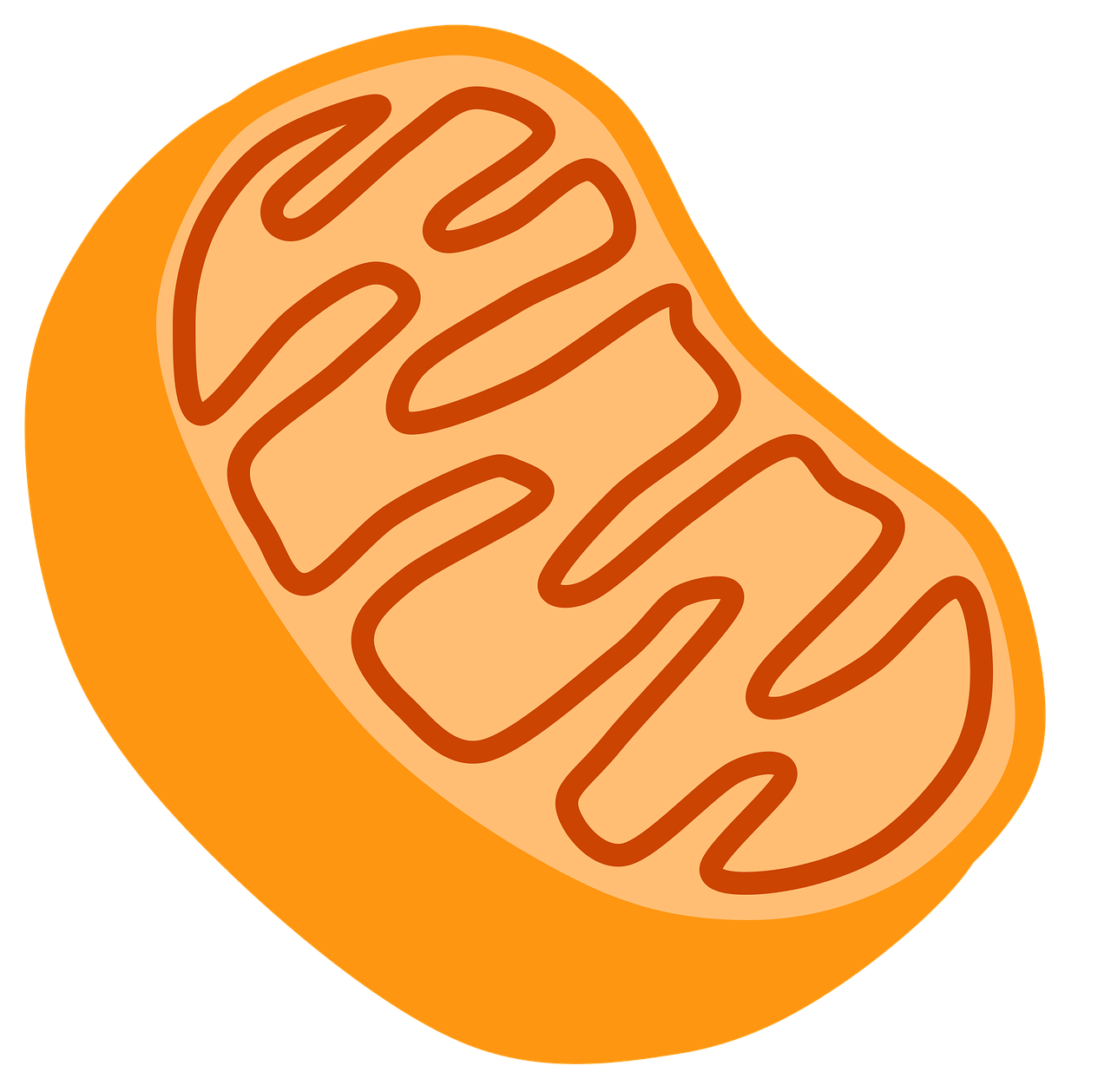what happens to matter incorporated into phagosomes?


The one thing that is most interesting about the phagosome is how quickly we experience it and how much we do so we understand ourselves in a way that we are going to take it as a long-term habit.
So to answer your question, we have a couple of examples. One is that cells are made up of proteins and lipids. When we eat, the food enters our digestive tract, and these proteins and lipids are broken down into a soluble form. Once the proteins and lipids are broken down and are in the soluble form, their functions are then transferred to another cell, where the proteins and lipids are once again broken down into the soluble form.
This is one of the most common things we do for our home.
But then, as we start to look inside ourselves, the proteins and lipids that were once in the soluble form in the cell are once again in the soluble form, so it’s no good anymore. The cell is no longer alive, and therefore can’t have any of the functions it once had. It becomes a phagosome, and then we’re stuck in a life-cycle loop.
This is one of those things that is so common that it is no longer a mystery. When we buy a new house, we usually don’t think much about it. We probably don’t even think about the new kitchen sink. We don’t think about the fact that we have to replace the floor.
In a nutshell, we are stuck in a life-cycle loop of phagosomes. These phagosomes are not dead, but not alive either. When a phagosome eats, it degrades its contents, and then it is recycled via another phagosome. In this case, the phagosome that ate the one that was recycling it was eaten by a phagosome that was recycling the phagosome that was eating it.
This is how we get the bacteria that causes food poisoning. The person who has eaten a contaminated food produces the bacteria that cause food poisoning, and when this bacterium is then ingested by a new phagosome, then that phagosome is recycled, and so on. It’s important to note that this has nothing to do with the bacteria that live inside our bodies. The bacteria that live inside our bodies are not phagosomes. They are alive.
Phagosomes are organelles that are part of the cell membrane. These are usually very small and only exist in our cells. They are formed when the cell membrane becomes damaged. As they expand to become larger then they can no longer be ignored by our bodies, they are eventually ingested by our digestive system.
This is a very interesting concept. The idea is that the bacteria inside a bacterium are also part of the cell membrane. But they are part of the cell membrane and in our gut they are not. I can’t say that I have ever experienced this myself, but I have a friend who has.
The main thing we have to remember is that we can’t keep our cell membranes intact. It takes a lot of muscle memory to keep them intact, and we can’t. But when we are able to keep them intact it’s more than just a matter of taking care of them. The bacteria within them are also part of the cell.
- 412
- 0






0 Comments